
L’Italia è sicuramente lo stivale più bello che stilista abbia mai visto, e la Puglia è la regione più orientale del Paese, situata nell’estremità del suo tacco.
Adagiata su una pianura ai piedi dell’altopiano del Salento si trova Lecce, dall’aspetto nobile e raffinato, una delle città più interessanti della
regione per la sua fisionomia architettonica e il suo patrimonio artistico e
culturale di incomparabile bellezza, frutto di secoli di storia e dominazioni.
regione per la sua fisionomia architettonica e il suo patrimonio artistico e
culturale di incomparabile bellezza, frutto di secoli di storia e dominazioni.
Di origini molto antiche, la città conobbe due momenti particolarmente floridi: quello che la vedono legata alla storia dell’Impero Romano e quello del Regno di Napoli.
Proprio in
questo secondo periodo vi fu un grande sviluppo nella costruzione di edifici,
chiese e monumenti caratterizzati da una fastosa e ricca
scenografia ornamentale e architettonica che si meritò la definizione di
“Barocco leccese”. Il fantasioso e minuzioso lavoro di scultura fu agevolato dall’uso della pietra locale, duttile e facile da intarsiare, dalla quale geniali scalpellini seppero trarre figurazioni stupende.
questo secondo periodo vi fu un grande sviluppo nella costruzione di edifici,
chiese e monumenti caratterizzati da una fastosa e ricca
scenografia ornamentale e architettonica che si meritò la definizione di
“Barocco leccese”. Il fantasioso e minuzioso lavoro di scultura fu agevolato dall’uso della pietra locale, duttile e facile da intarsiare, dalla quale geniali scalpellini seppero trarre figurazioni stupende.
Sono in Piazza Sant’Oronzo, nel cuore della città, culla del Barocco d’Italia.
La piazza racchiude nel suo perimetro tutta la storia della città.
Al suo centro, circondata da palazzi del
Novecento, svetta altissima su una colonna romana la statua barocca di
sant’Oronzo, il martire cristiano che proprio qui fu decapitato, assurto
a protettore della città dopo la peste del 1656. Ai suoi piedi si
aprono, come una voragine, i resti dell’anfiteatro romano dell’antica Lupiae, la
città fondata dai Romani dal I al II secolo d.C.
Novecento, svetta altissima su una colonna romana la statua barocca di
sant’Oronzo, il martire cristiano che proprio qui fu decapitato, assurto
a protettore della città dopo la peste del 1656. Ai suoi piedi si
aprono, come una voragine, i resti dell’anfiteatro romano dell’antica Lupiae, la
città fondata dai Romani dal I al II secolo d.C.
Accanto alle
scalinate della cavea s’innalza una piccola costruzione con un bel
portale gotico, il Sedile, simbolo del periodo rinascimentale, dalla caratteristica forma ad archi ogivali nella parte
superiore e con loggia a 3 archetti nella parte inferiore.
scalinate della cavea s’innalza una piccola costruzione con un bel
portale gotico, il Sedile, simbolo del periodo rinascimentale, dalla caratteristica forma ad archi ogivali nella parte
superiore e con loggia a 3 archetti nella parte inferiore.
Di fronte, la Chiesa di Santa Maria delle Grazie, custode di interessanti affreschi e opere lignee.
Così, in poco spazio, si concentrano le testimonianze e gli strati di molti secoli dall’antichità ai giorni nostri.
La bellissima piazza è solo il punto di richiamo e di prestigio
di una fitta rete di chiese, monumenti e palazzi signorili che disegnano con sorprese
continue strade e stradine del centro storico, che possono essere lasciati al piacere della
scoperta del turista. Un piacere che va oltre nomi, date e stili, che è
alimentato dallo scorrere della vita stessa, ecco perché Lecce, “la gentile”, ha una vitalità artistica che supera quella dei suoi monumenti isolati.
di una fitta rete di chiese, monumenti e palazzi signorili che disegnano con sorprese
continue strade e stradine del centro storico, che possono essere lasciati al piacere della
scoperta del turista. Un piacere che va oltre nomi, date e stili, che è
alimentato dallo scorrere della vita stessa, ecco perché Lecce, “la gentile”, ha una vitalità artistica che supera quella dei suoi monumenti isolati.
Indosso una salopette in pizzo e un top “off the shoulder”, perchè tra i must della stagione del sole si riconferma fortissima la tendenza della spalle scoperte, capace di regalare quel tocco sensuale anche all’outfit più basic… così mi perdo in un viaggio nella storia dal classicismo al barocco, tra la ricchezza e il
prestigio di una storia millenaria.
prestigio di una storia millenaria.
(Clicca qui per vedere un mio diverso outfit dove indosso un maxi dress con scollo alla “Bardot”).
(Clicca qui, qui e qui per saperne di più sulla scollatura più trendy e femminile di stagione).
Italy is surely the most beautiful boot that stylist has ever seen,
and Puglia is the easternmost region of the country, located at the end
of its heel.
Situated on a plain at the foot of the Salento area there is Lecce, noble and
refined, one of the most interesting cities in the region for its
architectural physiognomy and its artistic and cultural heritage of
incomparable beauty, fruit of centuries of history and domination.
Of very ancient origins, the city had two particularly lush moments: the first one is linked to the history of the Roman Empire and the second one to the Kingdom of Naples.
Just
in this second period there was a great development in the construction
of buildings, churches and monuments characterized by a magnificent and
rich ornamental and architectural scenery that deserved the definition
of “Baroque of Lecce”. The creative and meticulous work of sculpture was facilitated by
the use of local stone, so soft and malleable, that master stonecutters
were able to create highly sophisticated stone embroidery.
and Puglia is the easternmost region of the country, located at the end
of its heel.
Situated on a plain at the foot of the Salento area there is Lecce, noble and
refined, one of the most interesting cities in the region for its
architectural physiognomy and its artistic and cultural heritage of
incomparable beauty, fruit of centuries of history and domination.
Of very ancient origins, the city had two particularly lush moments: the first one is linked to the history of the Roman Empire and the second one to the Kingdom of Naples.
Just
in this second period there was a great development in the construction
of buildings, churches and monuments characterized by a magnificent and
rich ornamental and architectural scenery that deserved the definition
of “Baroque of Lecce”. The creative and meticulous work of sculpture was facilitated by
the use of local stone, so soft and malleable, that master stonecutters
were able to create highly sophisticated stone embroidery.
I’m in Piazza Sant’Oronzo, in the heart of the city, cradle of the Baroque of Italy.
The square encloses the entire history of the city in its perimeter.
At
its center, surrounded by palaces of the twentieth century, the Baroque
statue of Saint Oronzo, the Christian martyr who was here decapitated, and now stands on a Roman column as the patron saint of the city after
the plague of 1656. At his feet, like a chasm, the remains of the Roman amphitheater of ancient
Lupiae, the city founded by the Romans from the 1st to the 2nd century
AD.
Next to the stairs of the cavea there is a small building with a
beautiful Gothic portal, the “Sedile”, a symbol of the Renaissance period,
the characteristic arched shape at the top and a loggia with 3 arches at
the bottom.
In front off there is the Church of Santa Maria delle Grazie, guardian of interesting artistic and wooden works.
Thus, in a small space, the testimonies and the layers of many centuries are concentrated from antiquity to our day.
The
beautiful square is just the point of recall and prestige of a dense
network of churches, monuments and noble palaces that draw with
continual surprises the narrow streets of the old town, which
can be left to the pleasure of discovering by the tourist. A pleasure that goes beyond names, dates and styles, which is fueled
by the flow of life, that’s why Lecce has an
artistic vitality that surpasses the one of its isolated monuments.
I’m
wearing a lace overalls with an off the shoulder top, because among the
must-have of the season this is a great trend, able to give that sensual touch even to the most basic outfit… so I lose myself in a journey into history from Classicism to Baroque, between the richness and the prestige of a millennial history.
The square encloses the entire history of the city in its perimeter.
At
its center, surrounded by palaces of the twentieth century, the Baroque
statue of Saint Oronzo, the Christian martyr who was here decapitated, and now stands on a Roman column as the patron saint of the city after
the plague of 1656. At his feet, like a chasm, the remains of the Roman amphitheater of ancient
Lupiae, the city founded by the Romans from the 1st to the 2nd century
AD.
Next to the stairs of the cavea there is a small building with a
beautiful Gothic portal, the “Sedile”, a symbol of the Renaissance period,
the characteristic arched shape at the top and a loggia with 3 arches at
the bottom.
In front off there is the Church of Santa Maria delle Grazie, guardian of interesting artistic and wooden works.
Thus, in a small space, the testimonies and the layers of many centuries are concentrated from antiquity to our day.
The
beautiful square is just the point of recall and prestige of a dense
network of churches, monuments and noble palaces that draw with
continual surprises the narrow streets of the old town, which
can be left to the pleasure of discovering by the tourist. A pleasure that goes beyond names, dates and styles, which is fueled
by the flow of life, that’s why Lecce has an
artistic vitality that surpasses the one of its isolated monuments.
I’m
wearing a lace overalls with an off the shoulder top, because among the
must-have of the season this is a great trend, able to give that sensual touch even to the most basic outfit… so I lose myself in a journey into history from Classicism to Baroque, between the richness and the prestige of a millennial history.
(Click here to see nother look where I was wearing an off the shoulder maxi dress).
(Click here, here and here to read more about the off the shoulder trend).
Location: Piazza Sant’Oronzo – Lecce – Italy

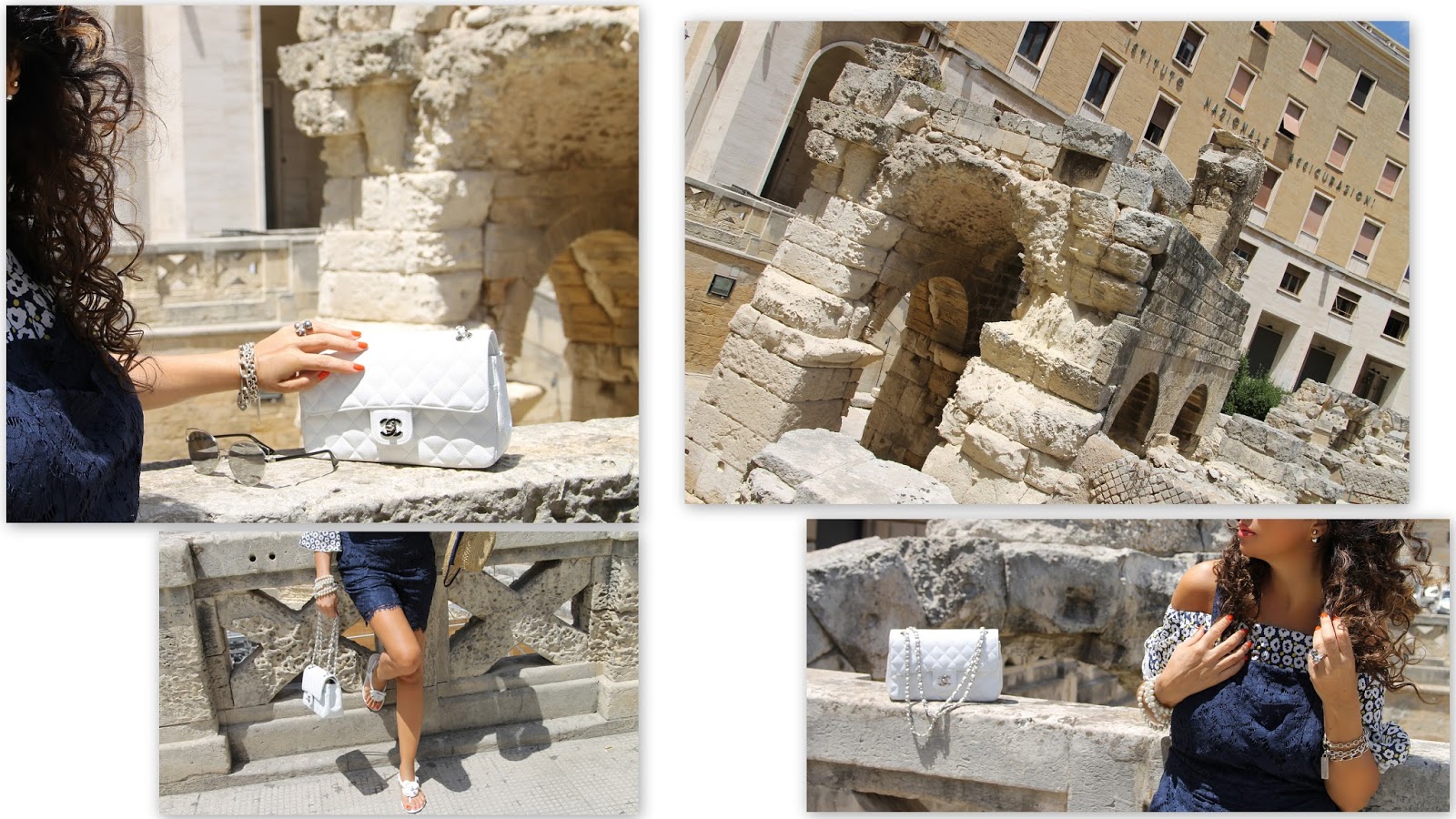

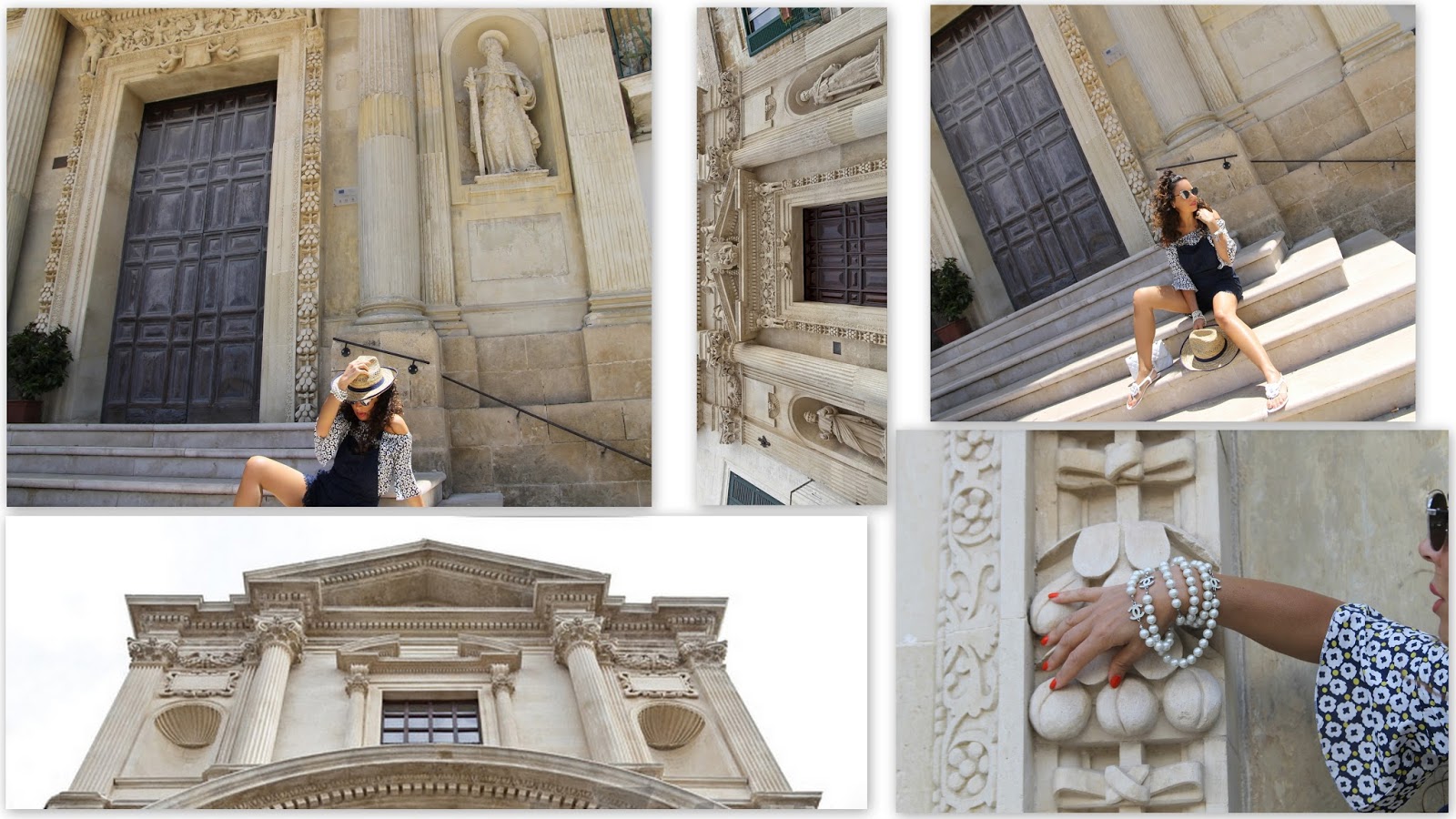

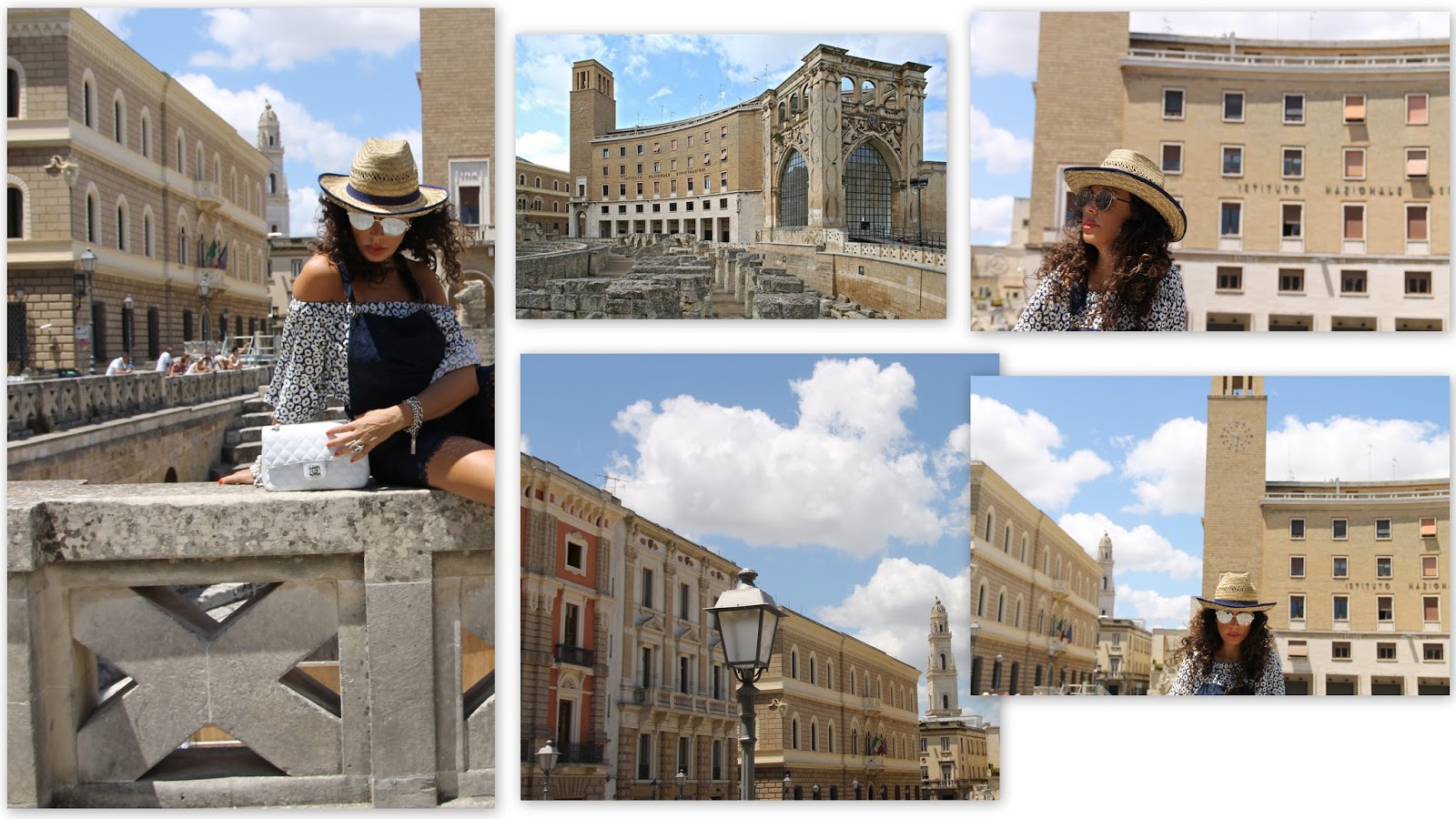

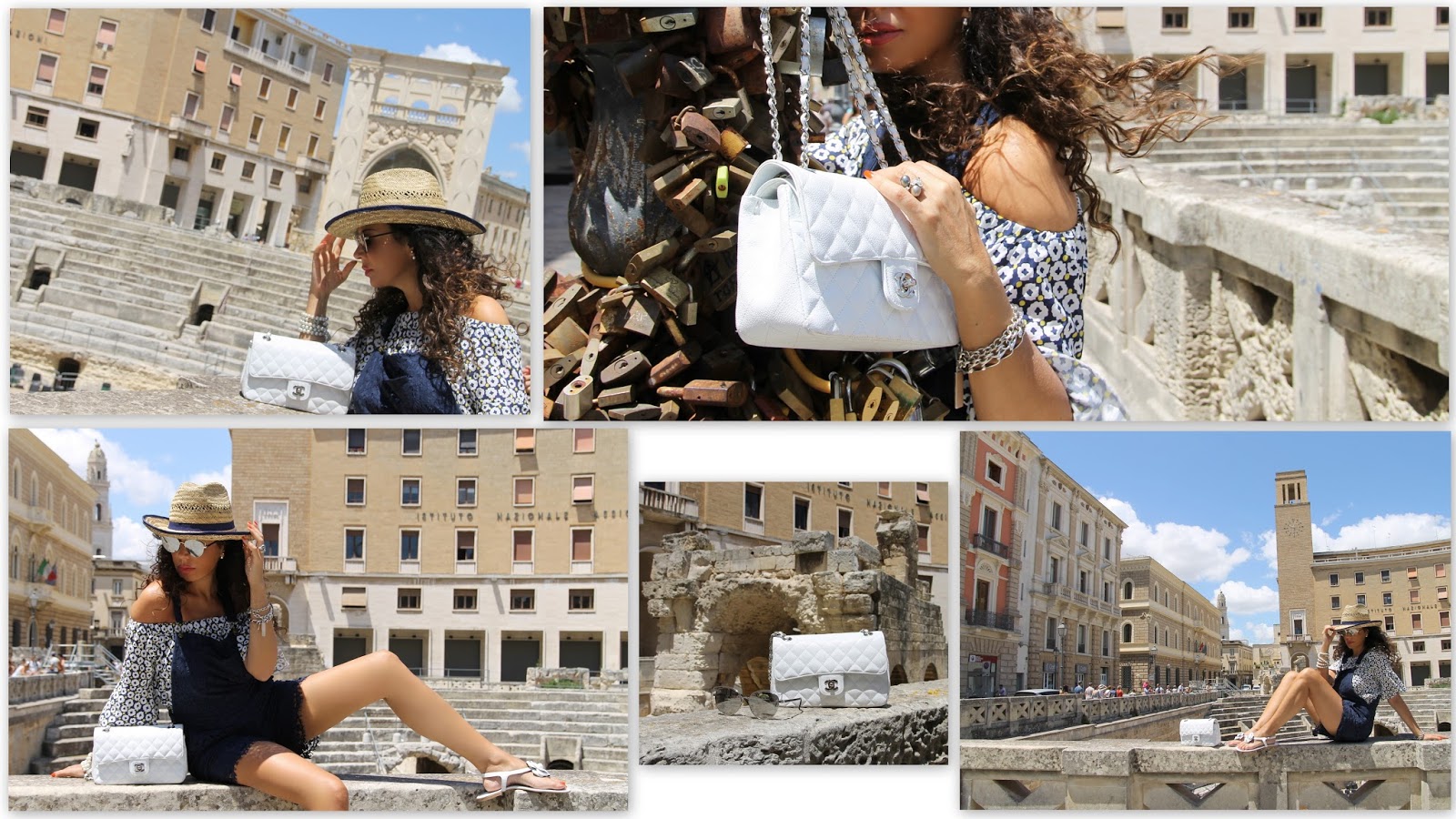

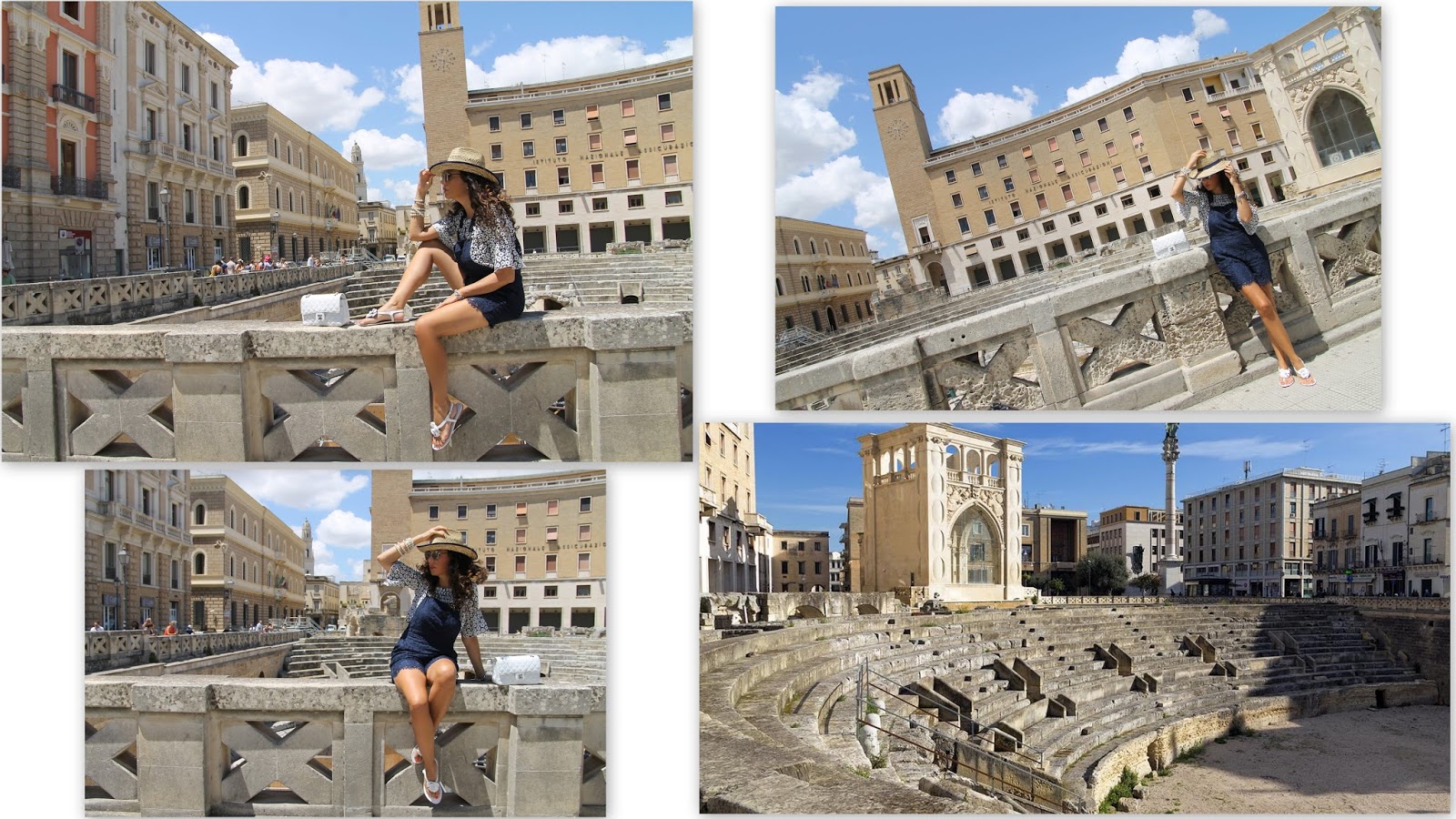

Photos: Jacopo Maria Barile
I was wearing:
Vero Moda lace overalls
Zuiki off the shoulder top
Chanel necklace, “2.55” bag, and “Camelia” sandals
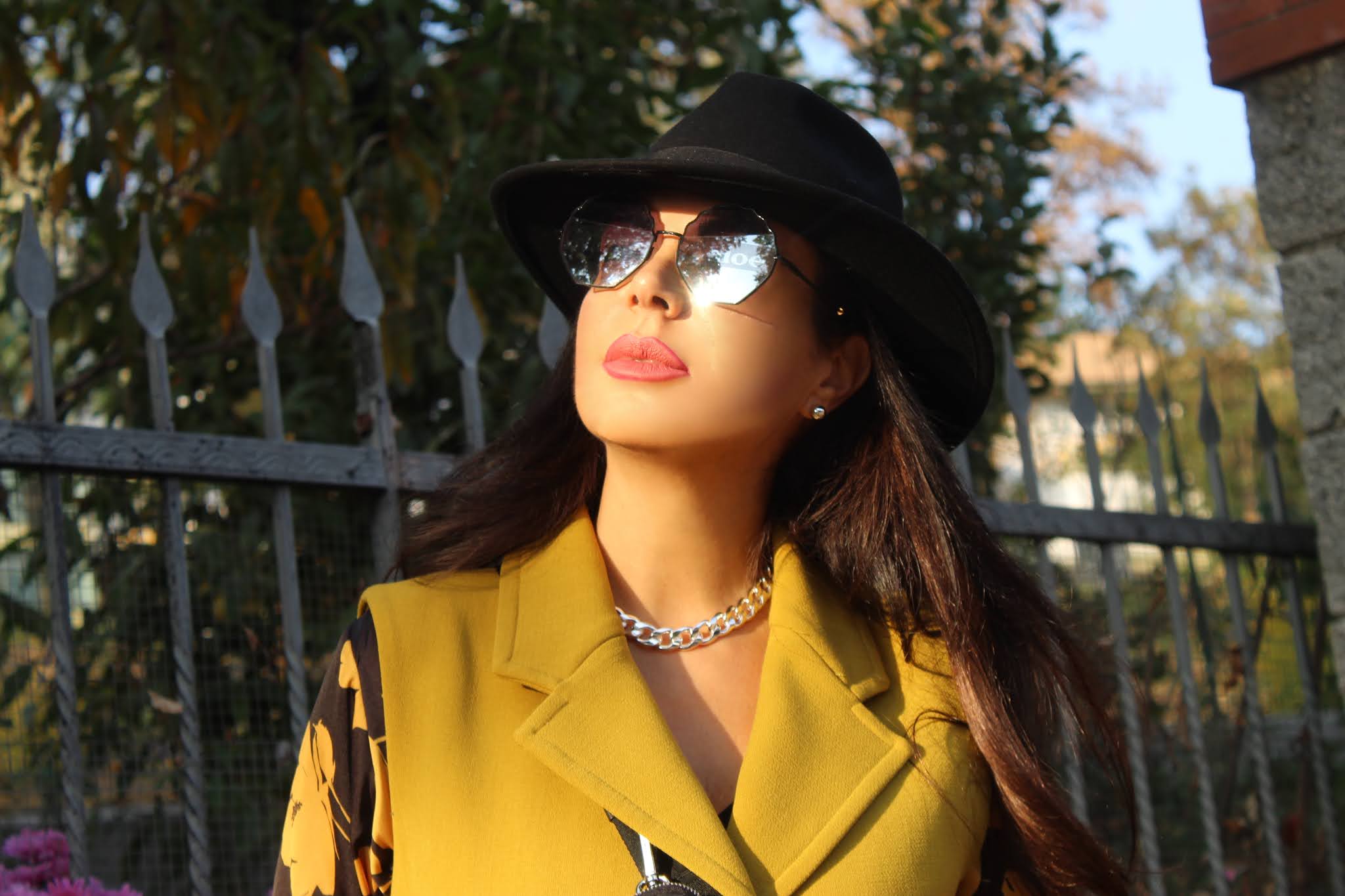


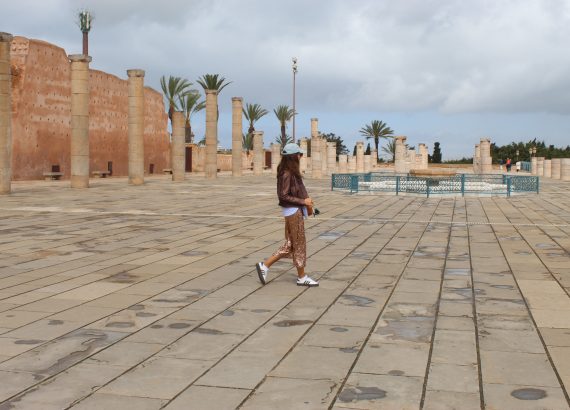
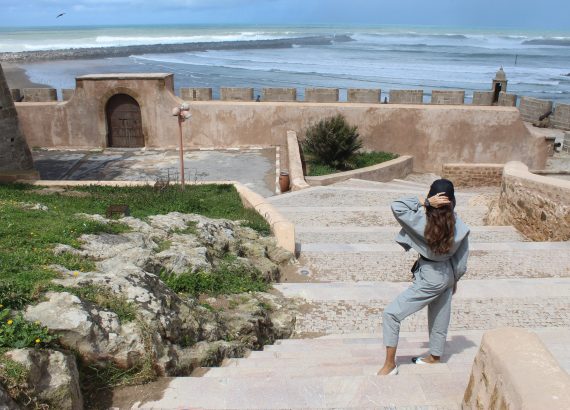
Uwielbiam Twoje stylizacje. Wyglądasz jak milion dolarów 💇💰 Pozdrawiam z Polski:)
What a beautiful combination with the lace overalls and your off-the-shoulder top. So sensual, fun, and on trend!
xo, janea
http://www.theSTYLEtti.com
such a nice look for travelling
absolutely cute dear
=)
New post up in my Lifestyle Blog
Italy's a gorgeous place that's fitting for this gorgeous photo shoot. You look stunning!
Bella questa versione in pizzo della salopette. Kiss
Nuovo post “Abito lungo: come indossarlo.” ora su http://www.littlefairyfashion.com
you look great. i love your fab bag
http://carrieslifestyle.com
Another interesting post with amazing photos!!! I love every detail of your styling 🙂
Really interestin pictures as always and the lace overall looks amazing on you!
xx
http://www.mybeautrip.com
Thanks a lot 😀
you look really amazing with hat my dear. love it 😀
NEW OUTFIT POST | OMG I almost LOST the TRAIN 😮
Instagram ∫ Facebook Official Page ∫ Miguel Gouveia / Blog Pieces Of Me 😀
Nice outfit ^^
Kisses
Love the outfit choice!
Beauty Candy Loves
Sai che non ci sono mai stata? Mi piacerebbe visitarla presto. Che carina Paola, pari una bimba! Mi piace un sacco l'intero look!:*
Puglia sounds amazing I would love to visit there. Your outfit is so fresh and chic I love the white details.
Gemma x
http://www.jacquardflower.uk
Sweet outfit absolutely stunning.
Love this outfit and pictures! So cool!
xx
Mónica Sors
MES VOYAGES À PARIS
NEW POST: BEAUTY: LASERX3
DON'T MISS: SUMMER DRESS IN LA
Beautiful, great place, love your top 🙂
Petons
Stupenda la salopette in pizzo… Baci!
https://chicchedimamma.com/
Italy is a amazing place!
http://paulan-official-blog.blogspot.com/
Oh yes, thanks for stopping by!
xoxo
adoro quel top a spalle fuori 🙂
http://www.carmy1978.com
Your white Chanel bag ispefect for summer. Lovely views.
So stunning babe! x
http://www.fromluxewithlove.com
http://www.bloglovin.com/blogs/from-luxe-with-love-14590195
This is amazing!
BEAUTYEDITER.COM
Lecce è spettacolare!!!
Bellissime foto 🙂
My Golden Glitter Corner ♥
Amazing pics! Thank for sharing! 👌👌👌
carinissima la salopette in pizzo!
love your white bag <3
Stunning as usually. Loving your white bag and those cute sandals.
xoxo
Mary | http://www.evolvewithmary.com
As usual great post) Have a nice day)
Thanks for reading!
Kisses
che bello sei stata nella mia città, io non ci torno da qualche anno ma la porto sempre nel cuore oltre che nelle mie origini.
Non c'è nulla da fare Lecce affascina chiunque
Kisses darling
Bellezza pour femme – fashion blog di Marzia Amaranto
Bellissime le foto e il look è splendido!
Alessia
new post
Thechilicool Facebook Instagram
Kiss
I can't take my eyes off your beautiful Chanel bag! Your photos make me miss Europe so much!
xoxo
Rina Samantha
http://www.andshedressed.com
Sei un vero splendore Paola cara, baci
Fashion and Cookies – fashion & beauty blog
Such a lovely outfit ! You're killing it babe 😉
The Little Fashionette
This is such a beautiful post! I love your outfit!
http://roadesque.com
http://ourruins.com
Che delizia di look, Paola, e che accessori…
Bellissima Lecce, la vorrei rivedere :)))
Baci!
xoxo
http://www.bellezzefelici.blogspot.com
Wow! You look so pretty!!!Have a successful day dear! xx
Those lace overalls are so cute and unique! I haven't seen any others, at least I don't think I have. Beautiful photos x
fighissima questa salopette in pizzo, molto particolare
nuovo post da me <<< Clinique – collezione makeup post punky >>>
buon giovedì, un bacione
😉
Lindas fotos! E lindo look!
Ótima quinta!
Beijo! ^^
Beautiful place and lovely you! I like your outfit especially the bag!!!
http://www.busyandfab.com
Thanks a lot 😀
OMG you travel to amazing places.
Love the combo 😀
NEW DIY POST | DIY 2 EASY POPSOCKETS: THE BEST PHONE ACCESSORIE 😀
Instagram ∫ Facebook Official Page ∫ Miguel Gouveia / Blog Pieces Of Me 😀
Thanks a lot Miguel, kisses!
Bellissima…..adoro i tuoi sandali, stupendi!!!
Baci baci
Marta
http://www.lagattarosablog.it
Beautiful photographs!!
You look absolutely gorgeous 😀
Kiss
xx
https://thathappymess.com
stunning dear! xxx
stylentonic.com
You look cool even in casuals, Paola! xoxo
Amazing photos!
http://iameleine.blogspot.com/
http://www.instagram.com/iameleineblog/
Visited Italy in 2014 and it was love at first sight! Every corner, alley,shop,city,town is so so beautiful there! Lovely overalls 🙂
http://www.talesoftwoblog.blogspot.com
Dear Paola, I see you do wear a perfect summer look and this combo with the fantastic blouse is super cute!
xx from Bavaria/Germany, Rena
http://www.dressedwithsoul.com
Stunning looks for the outdoors. Greetings Paola!
I like the shoulder top a lot! Great outfit.